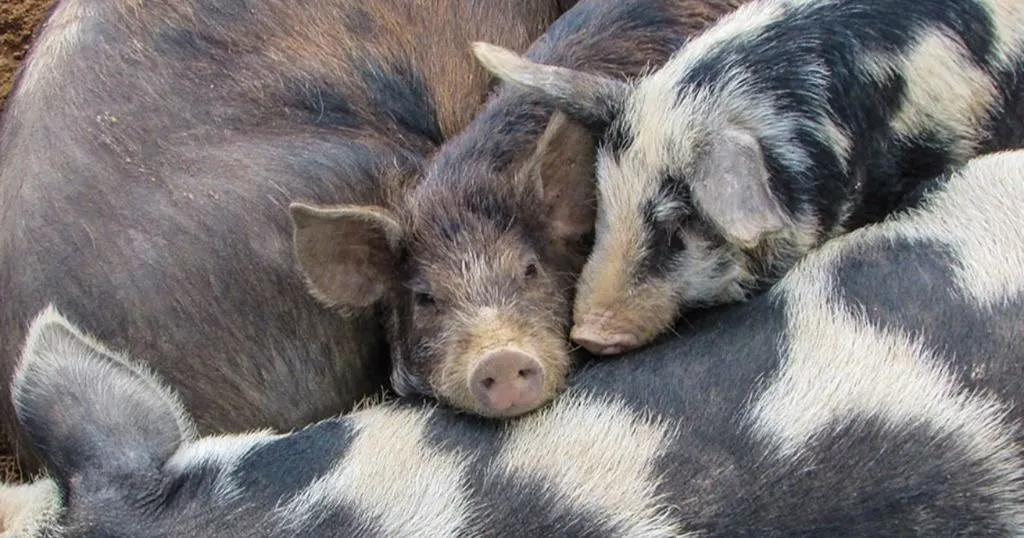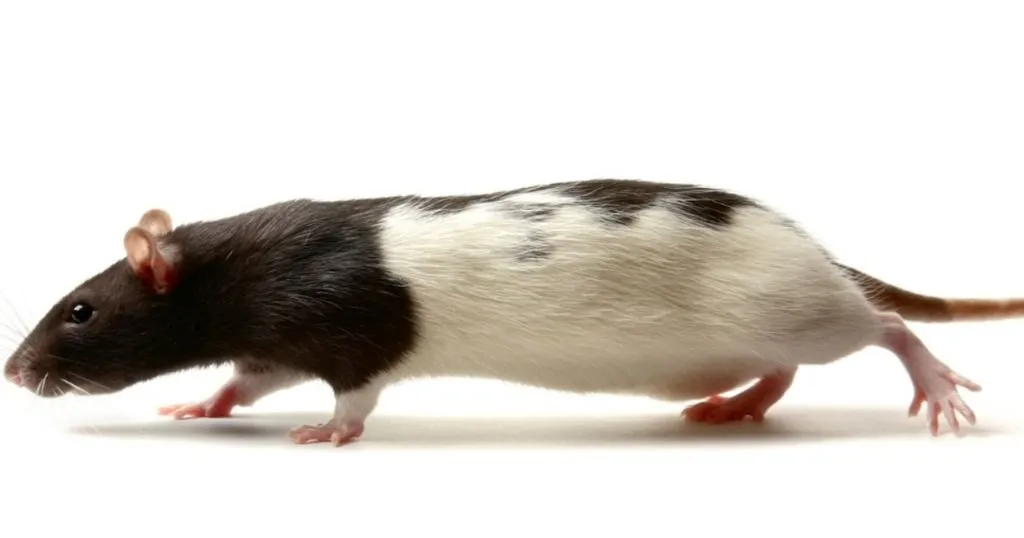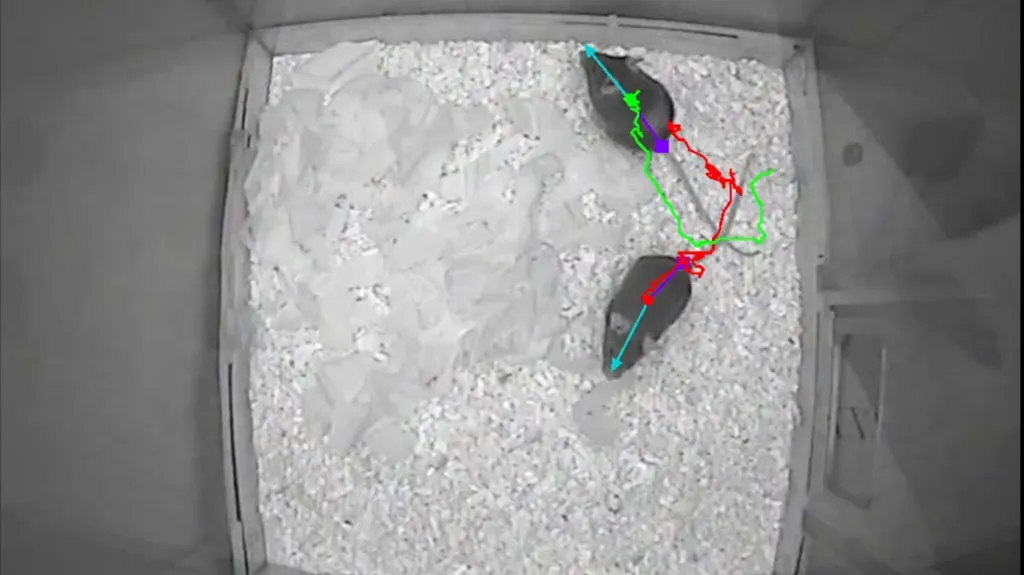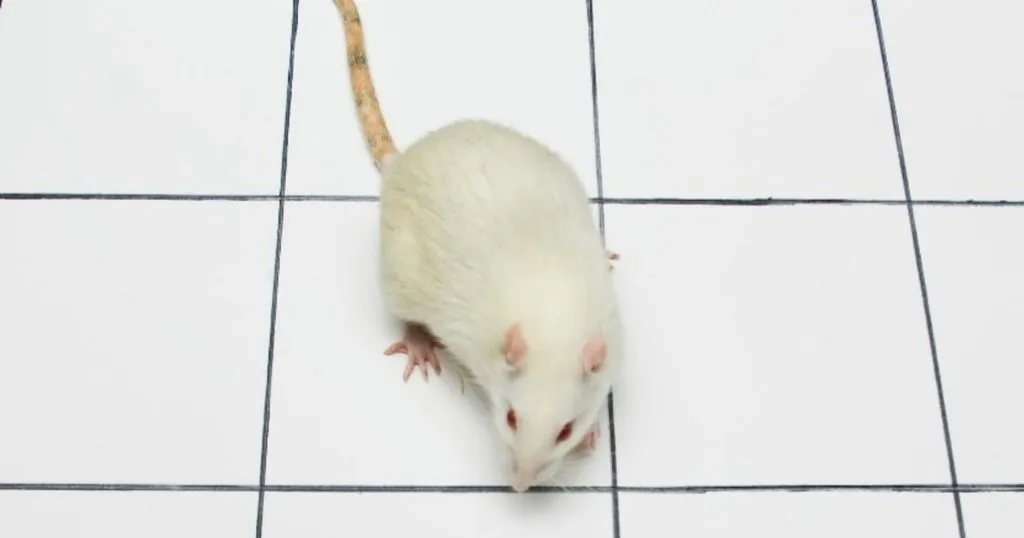Why social pigs do better
If you want to get on in life, is it better to make friends, or should you trample down the competition? Maybe we can learn something from animals…
Posted by
Published on
Tue 28 Jan. 2014
Topics
| Welfare | Coding Schemes | EthoVision XT | Farm Animals | Pocket Observer | Social Behavior Research | The Observer XT | Tracking | Video Observation |

And how to study their behavior in great detail
If you want to get on in life, is it better to make friends, or should you trample down the competition? Maybe we can learn something from animals… Take hens for example, we probably all know what a ‘pecking order’ is. As a hen, if you don’t peck back, you will definitely loose out. On the other hand, if you are a pig, being social will get you somewhere. In fact, studies show that social pigs are healthier and grow better, and having social pen mates also has these positive effects.
Reimert et al. wanted to look at the behavior of social pigs more closely. In their recent study (published Applied Animal Behaviour Science), they used both video tracking and scoring of behavior to assess behavior in a combined novel location and novel object test.
Friendly pen mates will improve growth
You can imagine that there are many factors that influence the growth of farm animals. From the very obvious, such as genes or what you feed them, to the more indirect factors such as housing conditions. Reimert and colleagues state that the behavior of pigs can have an effect on the growth of their pens mates. Thus, selecting pigs that have a positive influence on the growth of their pen mates might be a way to improve both group performance and pig welfare. These pigs are said to have a positive Social Breeding Value (SBV).
Are social pigs also less fearful?
In this specific study fear responses of pigs with either a relatively high or relatively low SBV are tested. Fear is a very strong emotion that significantly influences on how pigs react to their (social) environment. It also influences growth in pigs, and emotional status can be transferred from one animal to another. Reimert et al. hypothesized that pigs with a positive SBV are also less fearful than pigs with a negative SBV.
Combined novel environment and novel object test
The researchers performed a series of test, one of which was a combined novel environment and novel object test. The test was performed in a novel arena in which after 5 minutes a metal bucket was lowered to the ground (and making noise on impact), serving as the novel object.
Behavior was recorded in two ways: by scoring behaviors using The Observer XT and by automatically monitoring locomotion patterns with EthoVision XT.
Combining methods of behavioral assessment
Depending on what aspects of behavior you are interested in, there are many ways to study behavior. You can monitor the spatial distribution and movement parameters of animals with video tracking technology, for example.
This gives you the advantage of an efficient workflow, with objective and highly accurate results. If you are studying specific behaviors, using an ethogram, annotation software can help you to score and analyze behavior much more efficiently.
Scoring behavior
Postures, locomotion and various behaviors were scored with Pocket Observer on a Psion hand-held computer. The ethogram included walking and standing behaviors, exploration of the walls or the ground, and of course bucket related behaviors. Vocalizations were also scored.
Tracking behavior
EthoVision XT video tracking was used to automatically monitor the locomotion of the pig during the test. The center point of the pig was tracked and two zones were distinguished: the door zone and the bucket zone. Two tracks were made, each lasting 280 seconds.
The first started as soon as the animal entered the arena and the door was closed behind the pig, the second after the bucket was lowered to the floor. Total distance moved, time spent in each zone, and frequency of visiting each zone were automatically calculated by EthoVision XT.
Principal components analysis
Because the behavior in the first five minutes (before the bucket was lowered) differed a lot from the behavior in the five minutes after the bucket was lowered, the results were analyzed separately. To reduce the amount of variables, the authors used a principal components analysis.
The first period had two PCs; a locomotion component and a calm component. In the second period four PCs were identified: a bucket component, a locomotion component, a calm component, and a vocalization component.
Females are calmer
In the first period, no differences were found due to SBV-class in either component, but gender did matter. Females were both more active and calmer in the first five minutes of the test, before the bucket was lowered.
More locomotion in social and female pigs
In the second period, in reaction the bucket, pigs with a positive SBV showed more locomotion than pigs with a more negative SBV. Again, there was also a gender difference, females showed more locomotion and more bucket related behaviors than males.
Subtle differences
More locomotion in a novel environment or novel object test can mean several things. It could indicate the animal is trying to escape because it is more fearful. It could also reflect its exploration needs, which would suggest it is less fearful. The authors deduce that the latter explanation is more in line with the results from the other experiments in this study.
The conclusion is that there are subtle differences between the SVB classes. Pigs with a positive SVB, in other words pig with a relatively positive indirect genetic effect on the growth of the pen mates, are also less fearful.
References
Reimert, I.; Rodenburg, T.B.; Ursinus, W.W., Kemp, B., Bolhuis, J.E. (2013). Responses to novel situations of female and castrated male pigs with divergent social breeding values and different backtest classifications in barren and straw-enriched housing. Applied Animal Behaviour Sciences, 151, 24-35. doi:10.1016/j.applanim.2013.11.015.
Related Posts

(Un)social rats: the role of dopamine and the amygdala in social adversity

Measuring social behavior in mice: the power of EthoVision XT 18


